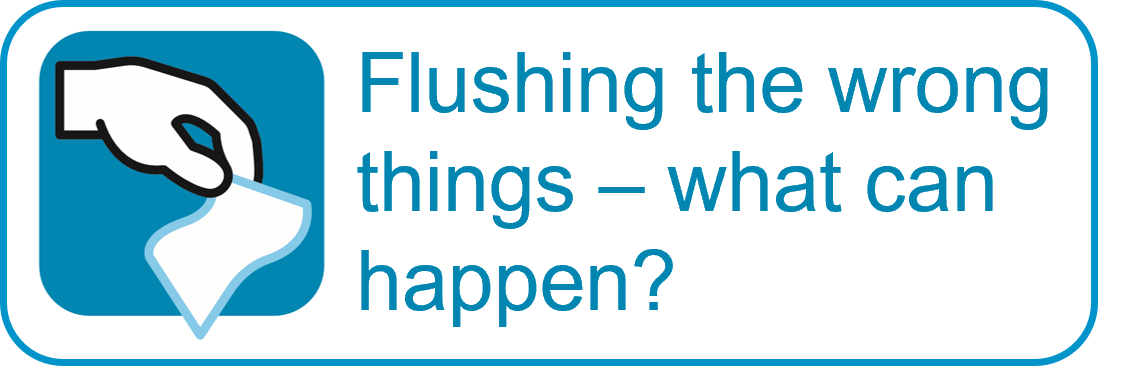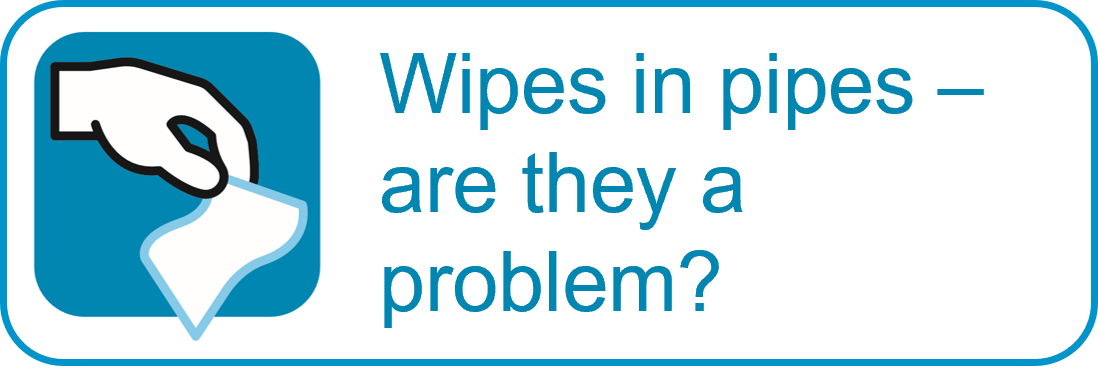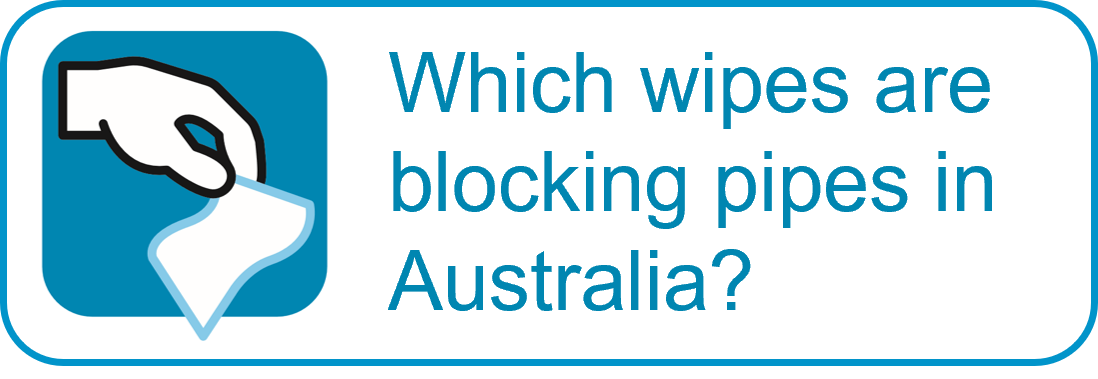When you flush the toilet, a stream of water goes from your toilet into your household’s pipes.
The water then moves through municipal sewers that connect your home to a wastewater plant. Or, through local pipes to a local septic system (depending on where you live).
Anything that makes pipes and sewers narrower, or clogs pumps, can lead to blockages. This can include wipes that are not suitable for flushing.
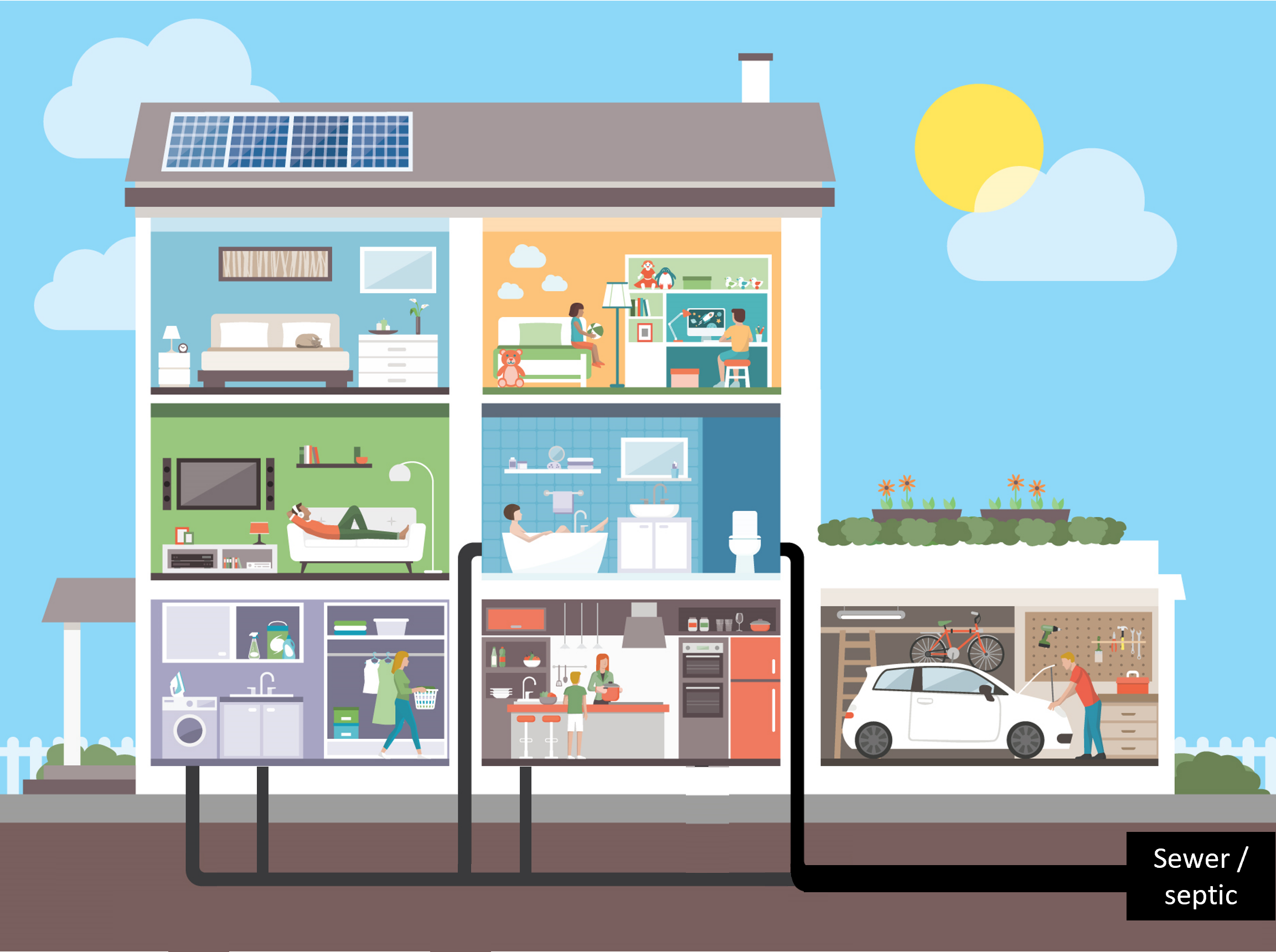
Learn more about pipe blockages and out how non-flushable wipes can cause problems.
Flushing the wrong things – what can happen?
Whatever is flushed down the toilet meets up with waste from the kitchen, laundry and bathroom along the way. As it continues to travel towards the wastewater treatment plant, your household waste meets up with waste from other sources, which may include households, commercial premises and industrial sites.
Anything that makes the pipes and sewers narrower can lead to odours, blockages and has the potential to result in environmental spills.
Blockages can be caused by physical items that cannot be carried by the water, or which stick together in the pipes and do not break down.
Fatbergs, for example, are lumps of grossness that form when solid, non-biodegradable materials combine with cooking fats that have cooled and solidified after being poured down the drain.
A fatberg within London sewer (Thames Water) >
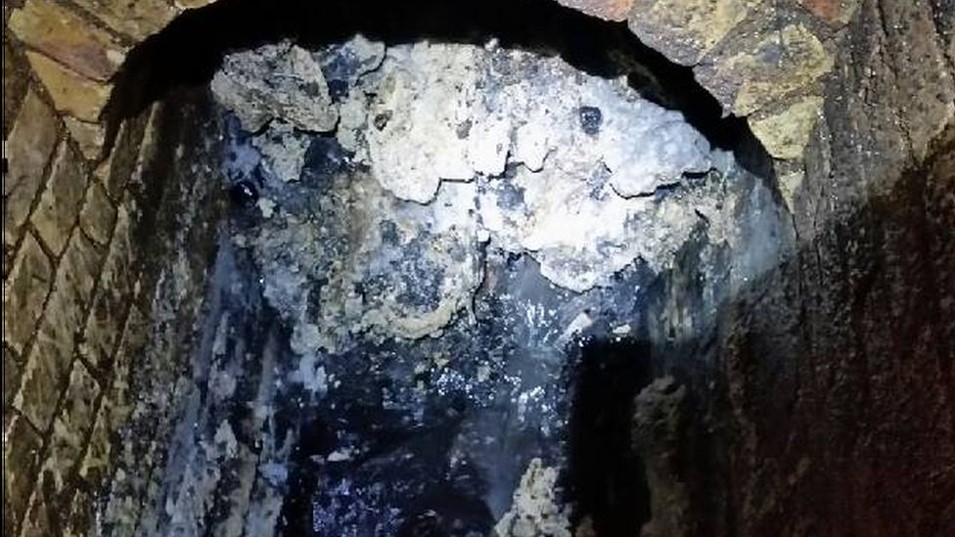
A little closer to home…
A blocked pipe in your home can cause...
• Toilets that won’t flush
• Low water pressure
• Sewage leakage
• Potential health and environmental issues
• Odours
• …plus the plumbing bill to fix the issue!
Some water utilities have reported...
…many blockages in sewers and other wastewater infrastructure.
This may mean:
• higher costs for wastewater treatment & to deal with environmental spills
• limited ability to treat and reuse wastewater
Wipes in pipes — are they a problem?
Unpleasant as it may be, collecting and analysing the materials that are blocking pipes is the best way to find out what is causing the blockages.
In 2017, United Kingdom water authorities undertook a collection point study to find out more about the causes of their sewer blockages.[i] They took 54 samples from sewer blockages, wastewater treatment works inlets and pumping station pump clogs.
What did they find? Baby wipes were the major identified item at every type of collection point. Non-flushable wipes accounted for the clear majority of recovered sewer blockage material. People were flushing the wrong things!
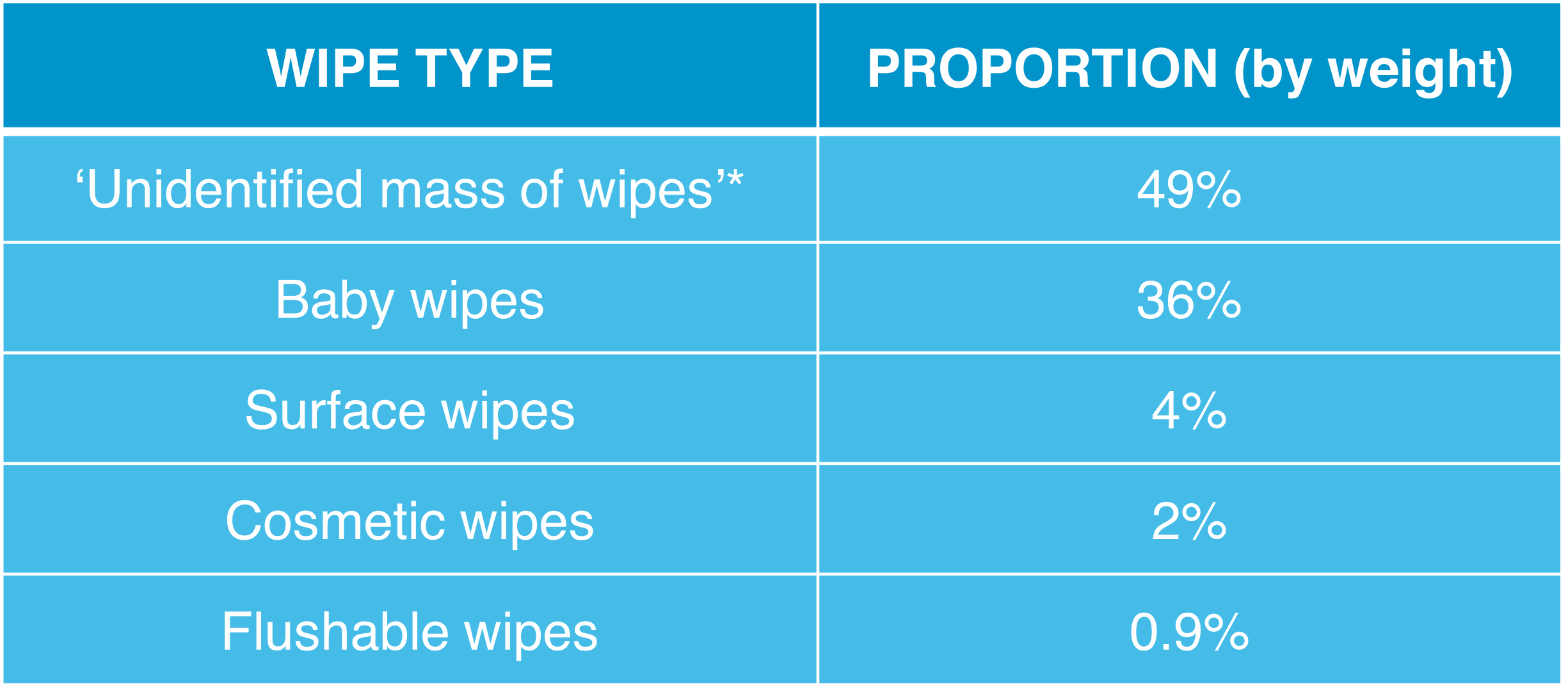
*The ‘unidentified mass of wipes’ could not be untangled but the Report stated the majority appeared to be baby wipes and facial wipes
Which wipes are blocking pipes in Australia?
No collection point study data on Australian sewers has been published by local water authorities.
But Australia’s water service providers say wet wipes are largely to blame for sewer blockages,[ii][iii] which are expensive to clear.
Which wipes are to blame?
Baby wipes account for most wipes sales in Australia.[v] And sewer blockage studies in the UK found non-flushable wipes (mostly baby wipes) to be the main material in the blockages.
So it is very likely that, in Australia, some people have also been flushing non-flushable baby wipes.
We need to be WipeSmart—using and disposing of wet wipes appropriately. This means only flushing wipes that meet the new Flushable Products Standard and are labelled accordingly. As well as the 3Ps, of course. Read more here.
Retail wipes sales in Australia, 2015[v]
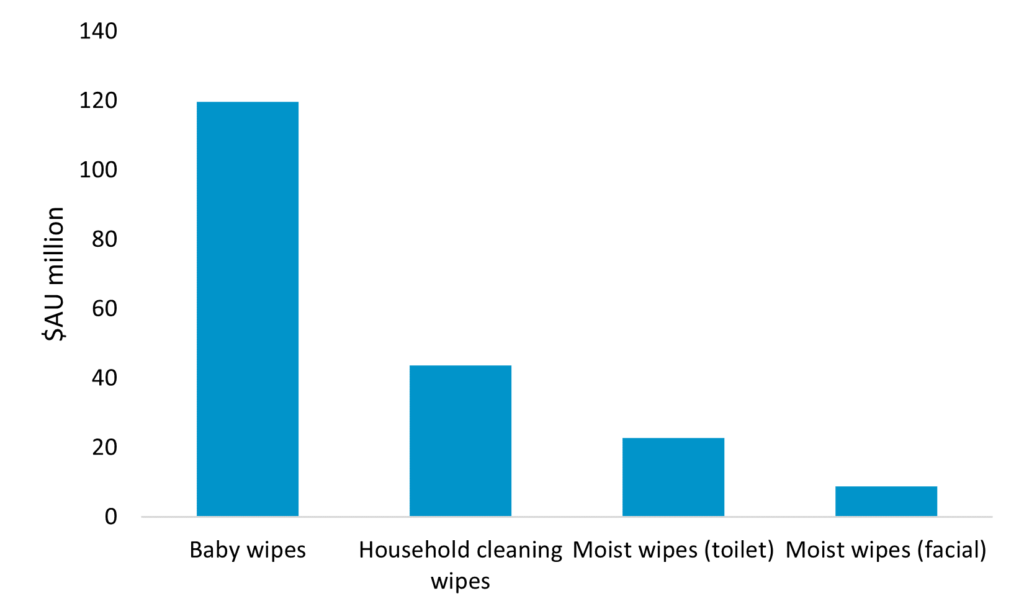
[i] Water UK 2017, Wipes in sewer blockage study – Final report (accessed 16 November 2018)
[ii] www.sydneywater.com.au/water-the-environment/what-you-can-do/protect-your-plumbing.html (accessed 23 June 2022)
[iii] Gabriel Wingate-Pearse and Glen Humphries, 25 February 2016, ‘Fatbergs: One tonne balls of wet wipes and fat block sewers’ (accessed 28 July 2022)
[iv] Water Services Association of Australia, ‘Criteria and clearer labelling part of new Standard to help with fatberg mess‘, 23 May 2022. (Accessed 28 July 2022)
[v] Retail World Annual Report 2015

